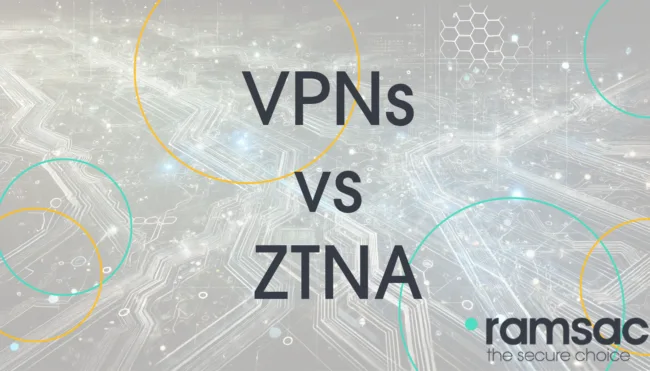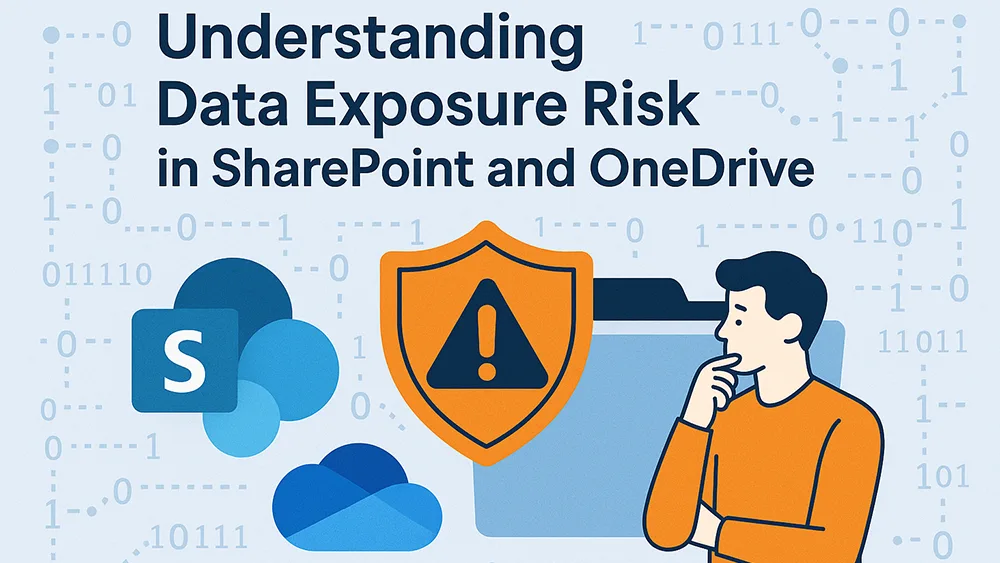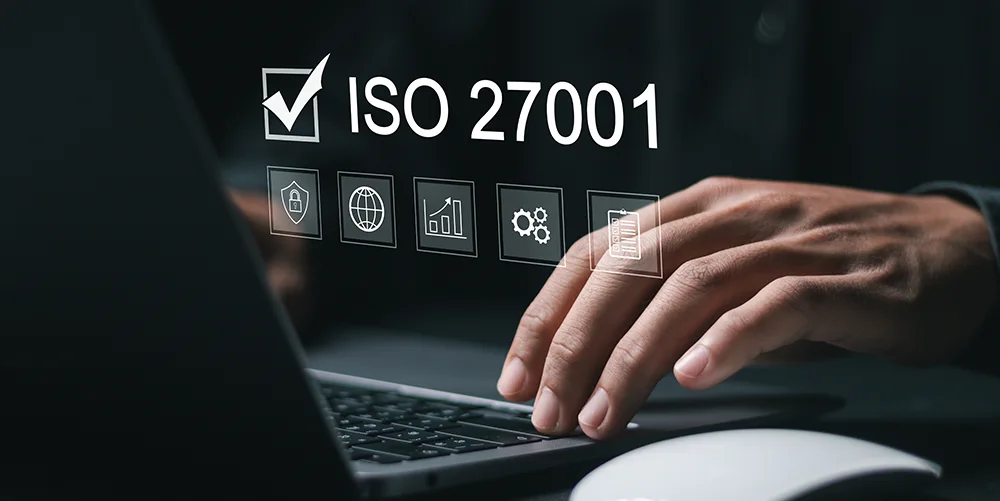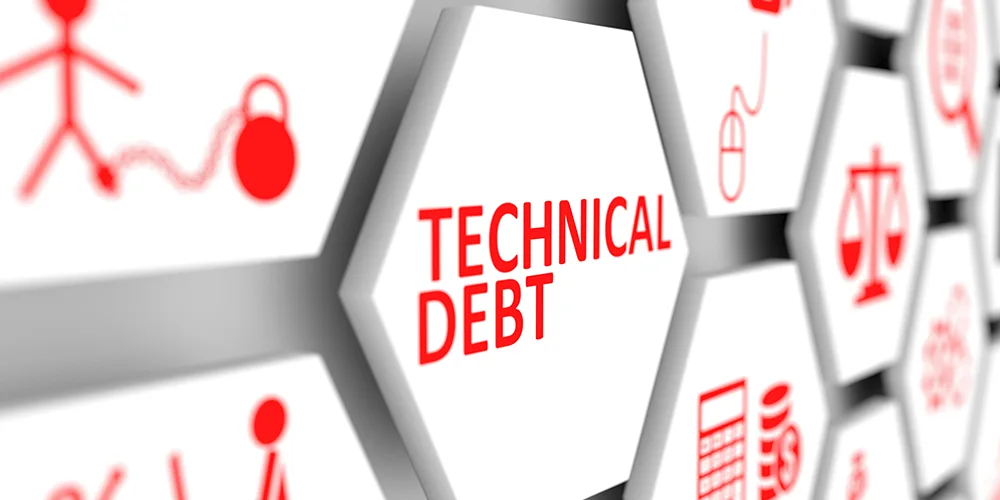VPNs vs ZTNA: A Comprehensive Guide to Network Security

Posted on June 18, 2024 by Chris Nuttall
Welcome to our technical blog, where we share insights and expertise on a variety of technical topics. This post is part of our ongoing series, specifically aimed at professionals in technical roles, providing in-depth information and practical tips.
In the era of digital transformation, the debate between Virtual Private Networks (VPNs) and Zero Trust Network Access (ZTNA) has become increasingly relevant. As organisations adapt to remote work and cloud-based services, the need for robust and flexible network security solutions is more critical than ever. This article will explore the pros and cons of VPNs and ZTNA in various scenarios, providing a comprehensive guide for businesses to make informed decisions.
VPNs: The Traditional Approach
VPNs have been the go-to solution for remote access to corporate networks for many years. They create a secure tunnel over the internet, allowing remote users to access network resources as if they were physically connected.
Pros of VPNs
- Established Technology: VPNs are well-understood, widely adopted, and supported by a vast array of vendors.
- Encryption: VPNs provide strong encryption for data in transit, protecting against interception over untrusted networks.
Cons of VPNs
- Broad Network Access: Once connected, VPN users often have access to the entire network, increasing the attack surface.
- Performance Issues: VPNs can sometimes cause slowdowns, particularly when many users are connected simultaneously.
ZTNA: The Modern Approach
ZTNA is a newer approach that offers more granular control over network access. It operates on the principle of “never trust, always verify”, granting access on a need-to-know basis.
Pros of ZTNA
- Granular Access Control: ZTNA solutions can limit users to specific applications or services, reducing the attack surface.
- Improved Visibility: ZTNA provides detailed logs and visibility into user activities, aiding in threat detection and response.
Cons of ZTNA
- Complexity: Implementing ZTNA can be complex, requiring careful planning and potentially significant changes to network architecture.
- Emerging Technology: As a newer technology, ZTNA may not be as well-supported or understood as VPNs.
Scenario Analysis
Let’s consider how these solutions fare in different scenarios:
Accessing Open Wi-Fi Networks
Open Wi-Fi networks pose significant security risks, including the potential for data interception. While VPNs can provide a secure tunnel for data transmission, they do not protect against all threats, such as malware or phishing attacks. ZTNA, on the other hand, offers more comprehensive protection by verifying every access request.
Working from Home
With the rise of remote work, securing access to corporate resources has become crucial. While VPNs can provide secure access, they often grant broad network access, increasing the attack surface. ZTNA offers more granular control, allowing organisations to limit access based on user, device, and application, thereby reducing risk.
Using Legacy Client-Server Applications
Legacy applications can pose significant security challenges. VPNs can provide secure access but do not offer visibility into user activities. ZTNA can provide both secure access and detailed visibility, making it easier to monitor and control usage of legacy applications.
Modern SaaS Services
SaaS applications are increasingly popular, but they also present new security challenges. VPNs can secure data in transit but do not provide control over data once it reaches the SaaS application. ZTNA can provide more comprehensive protection, including data loss prevention and access control.
Protecting End-User Devices
End-user devices are a common target for cyberattacks. While VPNs can secure data in transit, they do not protect the device itself. ZTNA can provide more comprehensive protection, including device authentication and threat prevention.
While VPNs have served us well in the past, the changing landscape of work and the increasing adoption of cloud services necessitate a more flexible and secure solution. ZTNA, with its granular access control and improved visibility, appears to be better suited to meet these challenges. However, the choice between VPNs and ZTNA should be based on an organisation’s specific needs and circumstances. It’s crucial to conduct a thorough risk assessment and consider factors such as the nature of the data, user behaviour, regulatory requirements, and the organisation’s risk tolerance.
For more technical blogs from ramsac click here.






